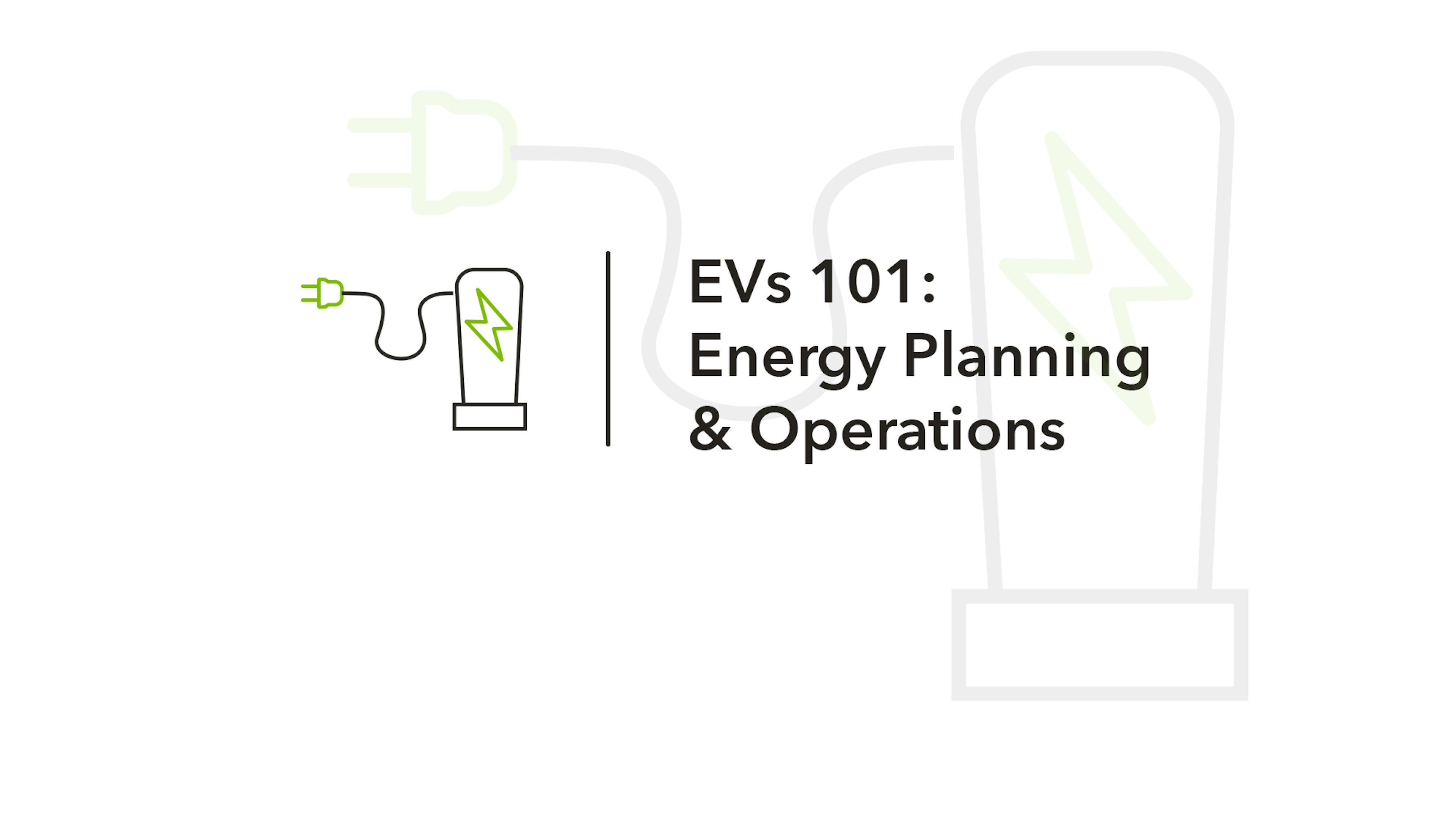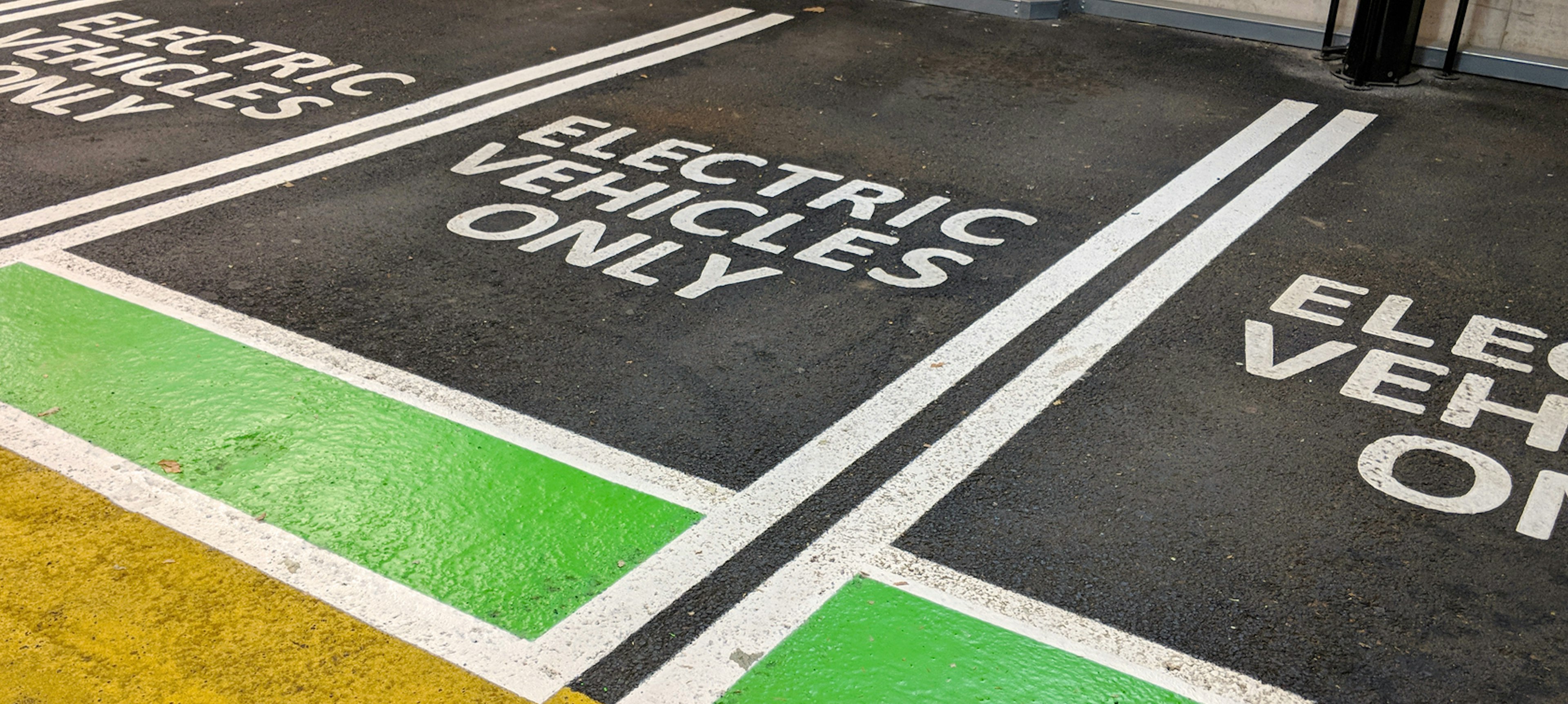If you're intending to add electric vehicles to your fleet, you first need to take energy planning and operations into consideration to ensure that your vehicles remain appropriately charged and in service. Let’s look at the highlights of energy planning first, and then we’ll examine the basic elements of energy ops.
Energy planning involves four key steps.
-
Determine the amount of energy you’ll need. This analysis begins with the number and types of EVs you're adding to your fleet coupled with the driving conditions they will experience. For instance, how many miles do your drivers log each day? Are these mostly highway or city miles? What are the terrain and weather conditions like? What’s your average load weight?
-
Based on your estimate of energy use, determine the number and type of chargers required. This will dictate how much space is needed for your charging stations while also allowing for safe traffic patterns in and out of your fleet depot.
-
You need to plan for storing some energy on-site, especially in parts of the country where power outages are common. Solar power can help supply backup reserves and provide another way for your company to meet its sustainability goals. Before building your charging infrastructure, keep in mind that you’ll likely need to secure permits from your municipality or county.
-
The final step involves discussions with your local utility provider. To accommodate your needs, they may need to make infrastructure improvements on their side of the meter. This can take weeks, even months.
How to manage energy costs and equipment for EVs.
Now let's look at the operational aspect of EV energy. While gas and diesel prices typically move up or down over the course of days, the cost of electricity fluctuates by the second. Knowing how much electricity to buy—and when—requires careful planning and monitoring.
Telematics is also critical to energy ops. It tells you if your batteries are performing up to expectations. If not, you can troubleshoot and adjust accordingly.
And, finally, it's in your best interest to stay on top of your charging equipment maintenance and upgrades. Proper care will ensure efficient charging, and occasional upgrades will enhance your ROI.
As you can see, building and sustaining an EV energy infrastructure is no small feat. Fortunately, there are companies, including Mike Albert, that will manage the entire process for you. They and their partners will handle permitting, construction, ongoing maintenance, and price negotiations with your utility.
They'll also secure any available government grants and tax incentives. Plus, they'll see to it that your equipment is upgraded as EV technology evolves ensuring maximum efficiency.
Whether you’re planning to add EVs to your fleet as soon as possible or in the coming year or two, it’s never early to prepare—and that begins with considering the infrastructure necessary to ensure efficient and cost-effective charging.



